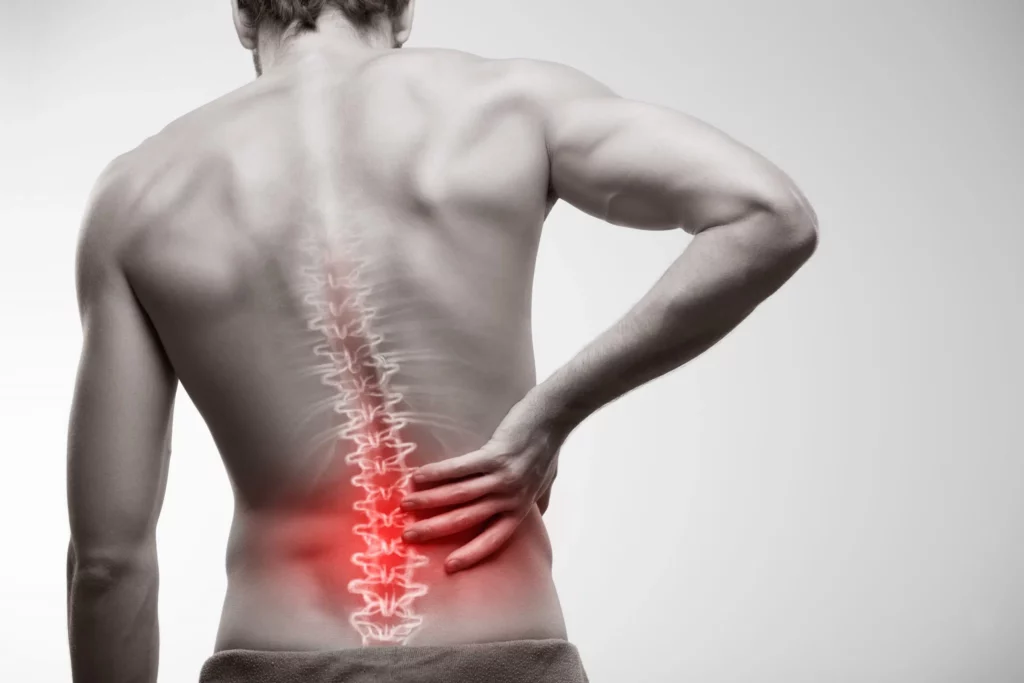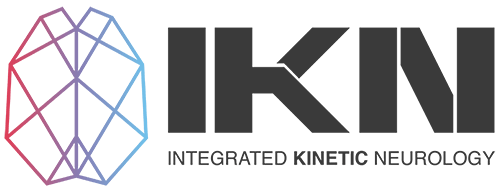
Low Back Pain Mini Case Study
We recently posted a mini case on our instagram page highlighting the importance of considering the behaviour of the low back within the context of the lower limb.
This client was dealing with right sided low back & SIJ pain, but her pain only emerged after 30 mins of walking. Below we will share some of the key features of her rehabilitation.
This clients’ previous treatment consisted of 5 weeks of core and hip stability training, but while she was compliant with her rehab plan, her symptoms persisted.
One key piece of information that her previous therapists didn’t explore was her injury / surgical / pain history.
She had undergone three right knee meniscus surgeries in the past, all of which were rehabilitated poorly.
Do you think this may have influenced how the lower limb was handling and distributing forces during loaded lower limb activity like walking?
During her objective assessment, she demonstrated:
- Limitation and pain with standing spinal flexion
- Limited femoral flexion and internal rotation
- Poor quadricep load capacity
- Poor plantar flexion load capacity
Of course, this does not represent the entire objective assessment process, but it does help us consider some potential contributing factors to her current pain experience.
She had limited movement options proximally at the spine, pelvis, and femur. She also had limitations distally in the capacity of the muscular tissues to handle forces.
What if the limitations and sensitivity / pain she was experiencing proximally at the low back was being influenced by the lack of capacity to handle forces distally? Might this lack of capacity distally have been concentrating stress through the proximal tissues? Of course, this is one of many potential explanations, but it is crucial that we entertain many potential explanations instead of constraining it down to one.
Do you think her previous treatment of core and hip stability was helping to promote the muscle and joint capacities necessary for walking?
How “stable” does the core & hip have to be during walking when it’s ultimately the distal tissues that are dealing directly with the external forces?
This doesn’t mean we can simply build the capacity of the plantar flexors & quadriceps, and hope that the limitations proximally will disappear. For us at IKN, we believe that there needs to be structure behind how we guide rehab, and that focus needs to be placed on navigating the process of restoring muscle and joint variability while also respecting the individuals pain experience (pain intensity, aggravating factors, fear etc). When pain / sensitivity is part of the equation, we need to be flexible in how we deliver stress & load.
Without going too deep into the details, her rehab consisted of three key features to help her return to her meaningful activity without pain and limitations.
- A structured plan to restore variability to the muscles and joints around the low back
-
- Restoring variability to the spine, pelvis, and femur along with the relevant muscular tissues
- We utilise a framework that considers the unique interaction between these segments to promote their capacity to move independently. The goal here was to increase the movement options available proximally to share & distribute load.
- A structured plan to restore force production capacity to the quadriceps and ankle plantar flexors
-
- This involved separate strategies targeted at delivering stress/load to these muscular tissues with the intention of building their capacity to produce handle & produce forces to help support the demands of walking
- A structured plan to develop the coordinative capacity to handle forces through the quadriceps and ankle plantar flexors while simultaneously challenging the maintenance of variability at the low back
-
- This involves maintaining a movement capacity that we previously restored locally, but our intention shifts to challenging the maintenance of that as we load neighbouring or distant muscular tissues (in this case, the ankle plantar flexors & quadriceps).
- In our IKN courses, we refer to this as a global or coordinative capacity, not a local capacity
These features above are components of our rehabilitation framework that aims to restore:
- Local muscular & joint variability
- Global / coordinative capacities
If you want to learn more about how you can integrate these features into your rehab approach, check out our IKN Level 1 & Level 2 courses to dive deeper!
